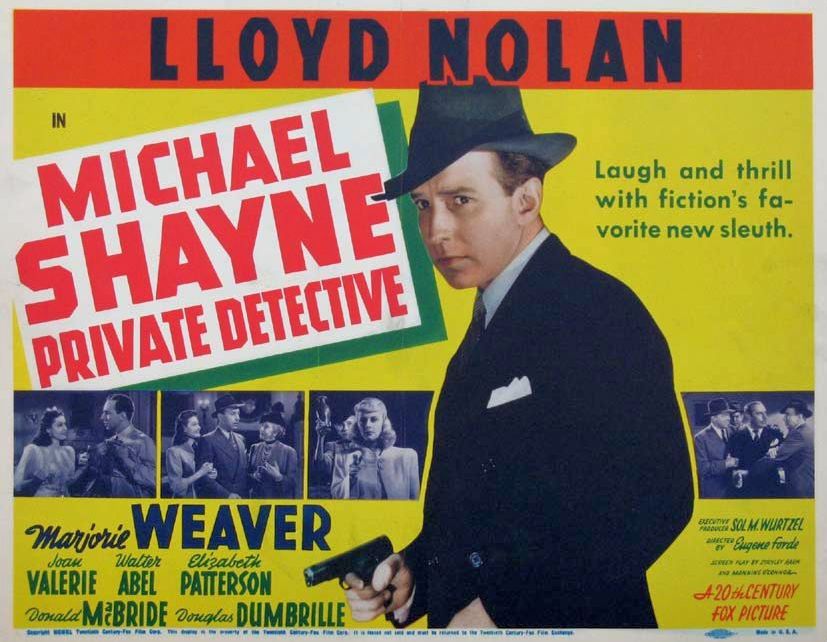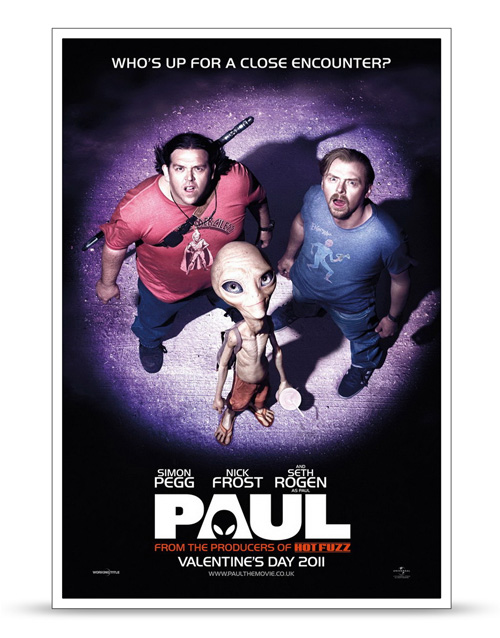
Don’t expect Paul to match The Day the Earth Stood Still, but do expect fun.
By Scott A. Cupp
This is the 173rd in my series of Forgotten, Obscure or Neglected Films
It is about time I got back to watching films and inflicting my opinion of them on you. It’s been nine months and I have gone through a new job, a relocation, and the wonderfulness that is packing up a large library for months, having it transported and then trying to get it back in some semblance of normality.
Fortunately, I have learned to live with serendipity as my filing system. This simply means that if I want to watch a film, the film I am meant to see will present itself. If I want to see something else, it will hide until I have seen the other film.
I recently had some friends in to visit for four days. One of the fun things that happens in these events is that I try to show them films they should have seen but, for one reason or another, may have missed. During this time we watched The Rutles, Ex Machina, The Night Watch, Hellboy, the pilot for Reaper, several episodes of Troll Hunters… and Paul.
I had seen Paul on its original release and had enjoyed it so I picked up the DVD used when the opportunity presented itself. I had intended to watch Cold in July, the wonderful film based on Joe R. Lansdale’s novel, but it hid from me and Paul stuck out.
Paul is a science fiction film wherein Simon Pegg and Nick Frost play Graeme Willy and Clive Gollings, respectively. They are science fiction nerds. Graeme is an illustrator and Clive is a Nebulon Award-winning author. They are in San Diego to attend Comic Con and to meet Adam Shadowchild (Jeffrey Tambor), a major science fiction writer and one of their idols. Shadowchild is a dick to people at the convention but they ignore his bad behavior. Graeme and Clive are planning on touring the western U.S. visiting UFO sites. They have a rented fifth wheel. Along the way they offend some shotgun-carrying rednecks by denting their truck. In their escape, they run into Paul (voiced by Seth Rogen), an ET trying to escape experimentation at Area 51. He has cool powers like turning invisible, transferring all of his knowledge to you and other things. And, being voiced by Seth Rogen, he’s remarkably crude and vulgar.
The government is chasing Paul, using a variety of agents including Special Agent Zoil (Jason Bateman) and rookies Haggard and O’Reilly (Bill Hader and Joe Lo Truglio) who all report to “the Big Guy” (a surprise guest not mentioned here because it might be considered a spoiler). There are adventures along the way, including encounters with Tara Walton (Blythe Danner) and Ruth Buggs (Kristen Wiig). Wiig is particularly fun, as she evolves from a fundamentalist young woman with one eye blind into a swearing, drinking, wild woman who acquires Paul’s knowledge of the universe.
Now, Paul is not quality sf along the lines of The Day the Earth Stood Still or Forbidden Planet. What it is is a film that takes nothing seriously. The hunt for Paul is a blast. The discussions about Life, the Universe, and Everything between Graeme, Clive and Paul are interesting. And, overall, the film itself is fun.
I am not a Seth Rogen fan. But, his irreverence and overall demeanor worked well for an alien about to be dissected. His outlook powers the film.
The final half hour should have lots of resonance with fans of classic sf movies. It did for me, but I am easily amused and all my taste is in my mouth.
I still say “Check it out!”
Series organizer Todd Mason host Tuesday Forgotten Film reviews at his own blog and posts a complete list of participating blogs.





 Next weekend, I’ll be trekking up Interstate 35 to appear at
Next weekend, I’ll be trekking up Interstate 35 to appear at 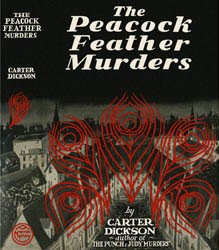
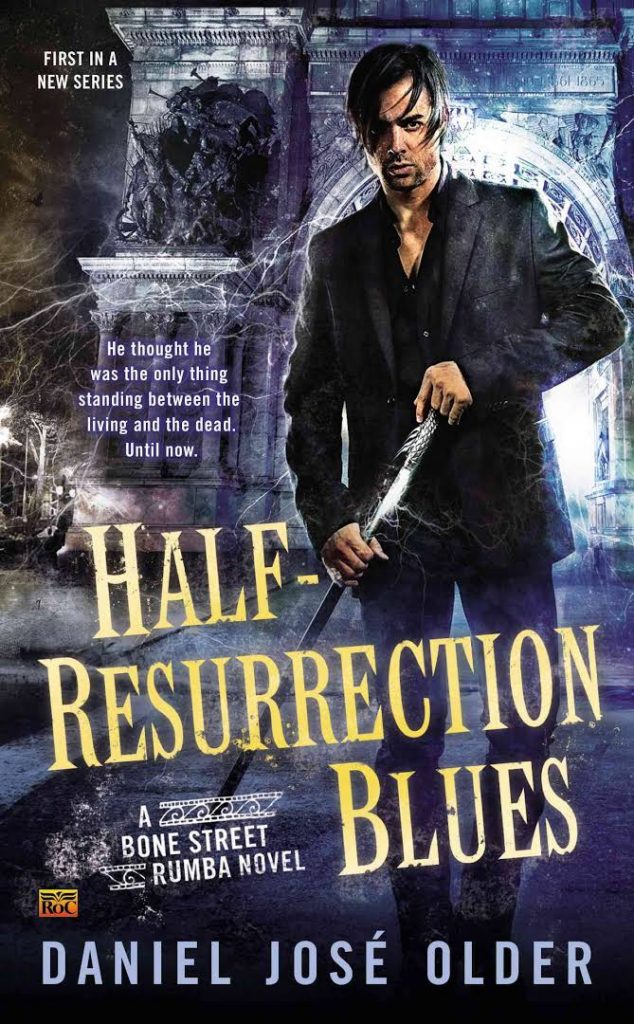
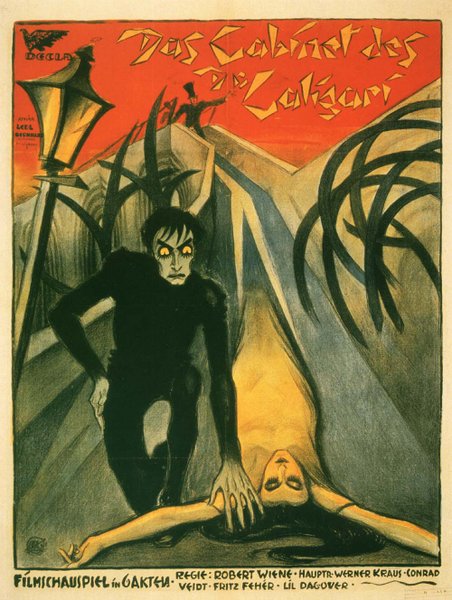
 Did I mention NASA’s Juno mission yesterday? Well, it looks like mind-blowing images are already starting to arrive from Jupiter.
Did I mention NASA’s Juno mission yesterday? Well, it looks like mind-blowing images are already starting to arrive from Jupiter.